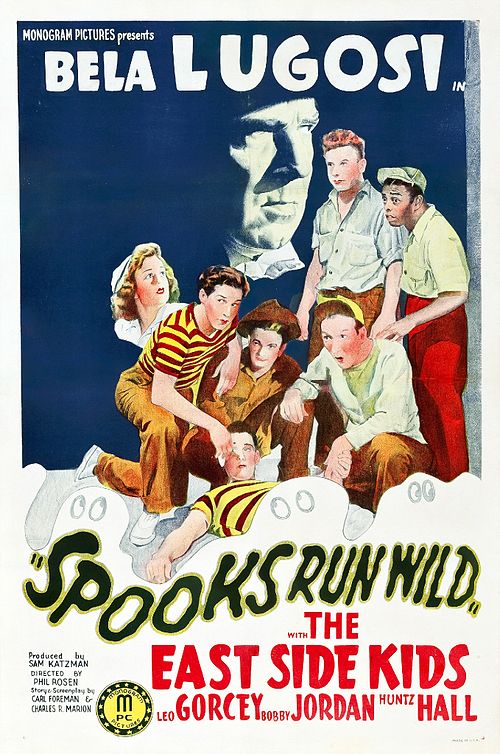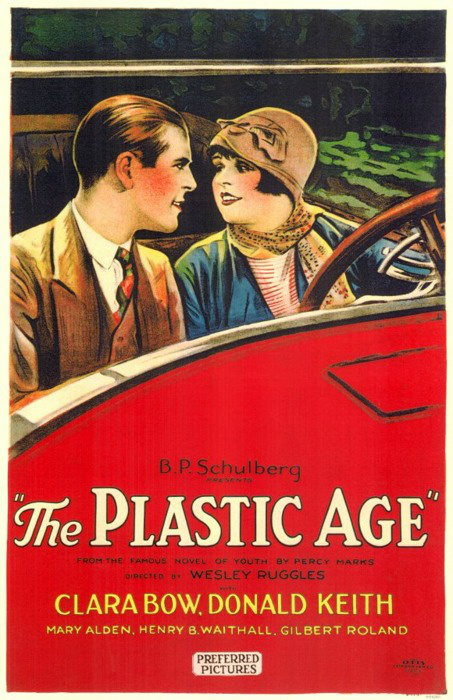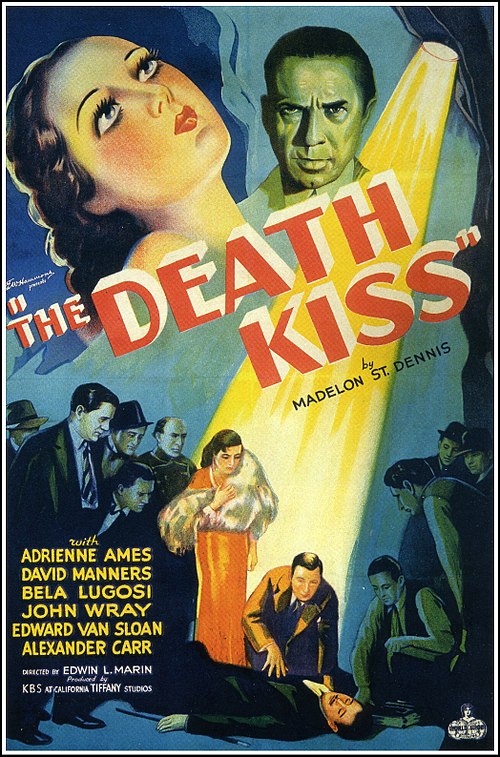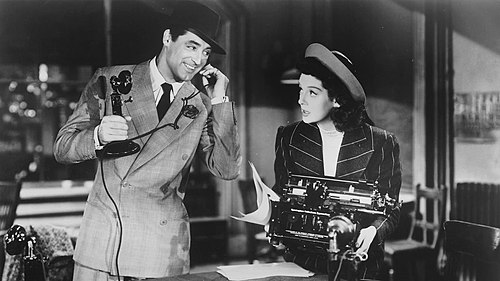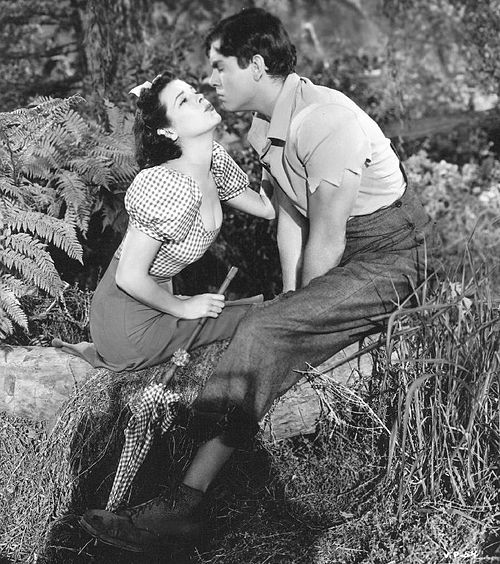Advertisement
Image source: Internet Archive (archive.org)
Download Movie [Video Format: MP4]
Movie Source: Internet Archive (archive.org)
Advertisement
Advertisement
The Hands of Orlac (1924)
1924
Orlacs Hände (English language title: "The Hands of Orlac"; French title: "Les Mains d'Orlac") is an Austrian silent film of 1924. This late Expressionist work, produced by Robert Wiene, has been remade twice.
The Hands of Orlac (German: Orlac’s Hände) is a 1924 Cinema of Austria silent film horror film directed by Robert Wiene and starring Conrad Veidt, Alexandra Sorina and Fritz Kortner. The film's plot is based on the story Les Mains d'Orlac by Maurice Renard. Wiene had made his name as a director of German Expressionism films such as The Cabinet of Dr. Caligari and in The Hands of Orlac combined expressionist Motif (visual arts) with more Naturalism (arts) visuals. The film has been remade twice.
Plot
Concert pianist Paul Orlac (Conrad Veidt) loses his hands in a horrible railway accident. His wife Yvonne (Alexandra Sorina) pleads with a surgeon to try and save Orlac’s hands. The surgeon decides to try and transplant new hands onto Orlac, but the hands he uses are those of a recently executed murderer named Vasseur. From that point forward, the pianist is tortured by the presence of a knife he finds at his house, just like that used by Vasseur, and the desire to kill. He believes that along with the murderer’s hands, he has also gained the murderer's predisposition to violence. He confronts the surgeon, telling him to remove the hands, but the surgeon tries to convince him that a person’s acts are not governed by hands, but by the head and heart.Orlac’s new hands are unable to play the piano, and in time he and his wife run out of money. Creditors give them one more day to pay their bills. Yvonne goes to Paul’s father for money, but is used. Orlac himself then goes to see his father, but finds he has been stabbed to death with the same knife like Vasseur's. He starts to think he himself committed the murder, and goes to a café for a drink. There he meets a man who claims he is Vasseur, who tells Orlac the same surgeon who did the hand transplant also transplanted a new head onto Vasseur’s body. He then tells Orlac he wants money to keep quiet about the murder.
In the meantime, police find Vasseur’s finger prints at the scene of the crime, causing confusion. Paul and Yvonne Orlac decide to go to the police and try to explain about Vasseur’s hands being on Paul’s arms, but that he had no recollection of killing his father. He also tells the police about the man claiming to be the executed murderer, and the blackmail money. It turns out that the man is actually a con man, well known to police. The Orlacs' maid tells the police that he was a friend of Vasseur, and that he had made a set of rubber gloves with Vasseur’s finger prints on them. The gloves were used during the murder.
Characters
- Conrad Veidt as Paul Orlac
- Alexandra Sorina as Yvonne Orlac
- Fritz Kortner as Nera
- Carmen Cartellieri as Regine
- Fritz Strassny as Paul's father
- Paul Askonas as Servant
Background
Orlacs Hände was based on the book Les Mains d'Orlac by Maurice Renard. It was one of the first films to feature the motif, often recurring in later films, of hands with a will of their own, whether or not attached to a body, as well as popular fears, around the subject of surgical transplants, in the days before such procedures were possible. It was shot at the studios of Listo-Film in Vienna by the Pan-Film production company.The Austrian premiere took place on 6 May 1924. Distribution was carried out by the Germany Berolina-Film company. The German premiere followed on 24 September 1924 in the Haydn-Kino in Berlin. The French language version had the title Les Mains d'Orlac, the English language version The Hands of Orlac. The film was first shown in the United States in 1928, where its promotion and distribution were undertaken by the Aywon Film Corporation.
The sets were constructed by the film architects and set builders Hans Rouc, Karl Exner and Stefan Wessely.
Critics
In 1996 the film was re-evaluated and released, still with an age limit.
Remakes
There were two direct remakes:
- Mad Love (1935 film) (USA 1935) with Colin Clive & Peter Lorre, directed by Karl Freund. This version is repeatedly evoked in Malcolm Lowry's Under the Volcano (1947), under its Spanish title : "Las Manos de Orlac. Con Peter Lorre".
- The Hands of Orlac (1960 film) / Les mains d'Orlac (GB/FRA 1960) with Mel Ferrer and Christopher Lee, directed by Edmond T. Gréville.
The 1960 film also inspired several sequels.
Notes
Bibliography
- Jung, Uli & Schatzberg, Walter. Beyond Caligari: The Films of Robert Wiene. Berghahn Books, 1999.
- Roland M. Hahn und Rolf Giesen: Das neue Lexikon des Horrorfilms. Berlin: Lexikon Interprint Verlag, 2002. ISBN 3-89602-507-4
- Matthias Bickenbach, Annina Klappert, Hedwig Pompe: Manus Loquens. Medium der Geste - Geste der Medien. Dumont Literatur und Kunst Verlag, Cologne 2003, pp. 243–305: Monströse Moderne. Zur Funktionsstelle der manus loquens in Robert Wienes ORLACS HÄNDE (Österreich 1924) ISBN 3-8321-7830-9
Category:1920s horror films
Category:1920s fantasy films
Category:1924 films
Category:Austrian films
Category:Austrian horror films
Category:Austrian silent films
Category:Films based on horror novels
Category:German Expressionist films
Category:Films directed by Robert Wiene
Robert Wiene


